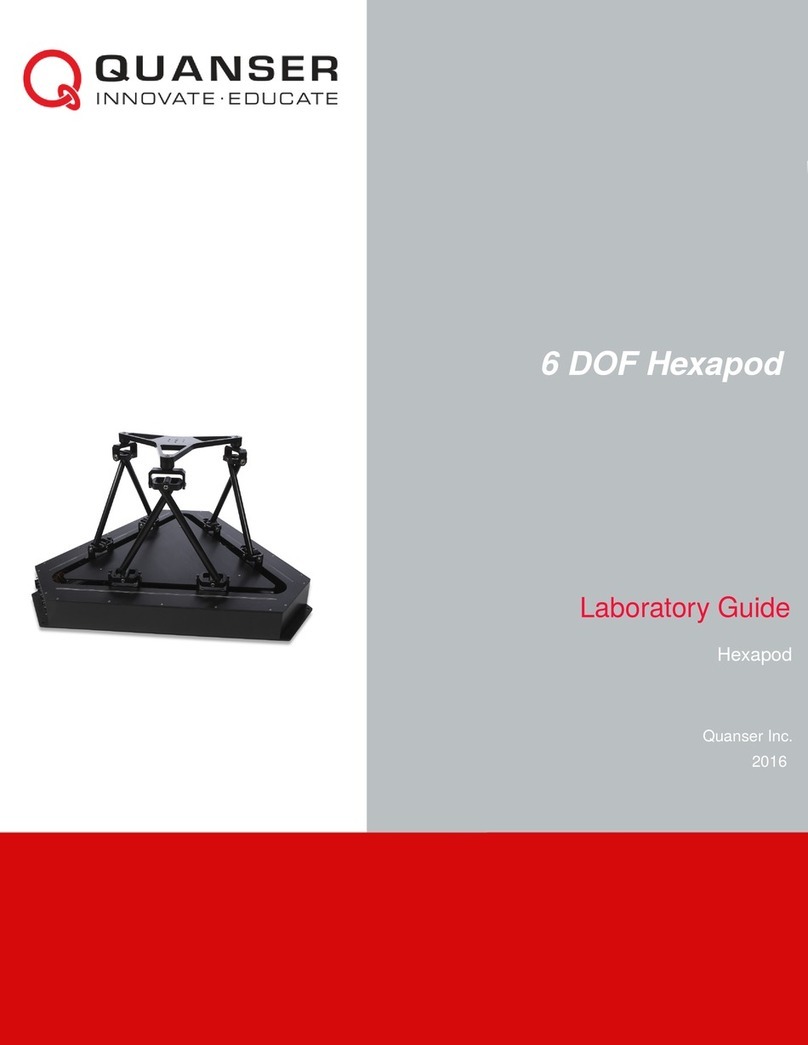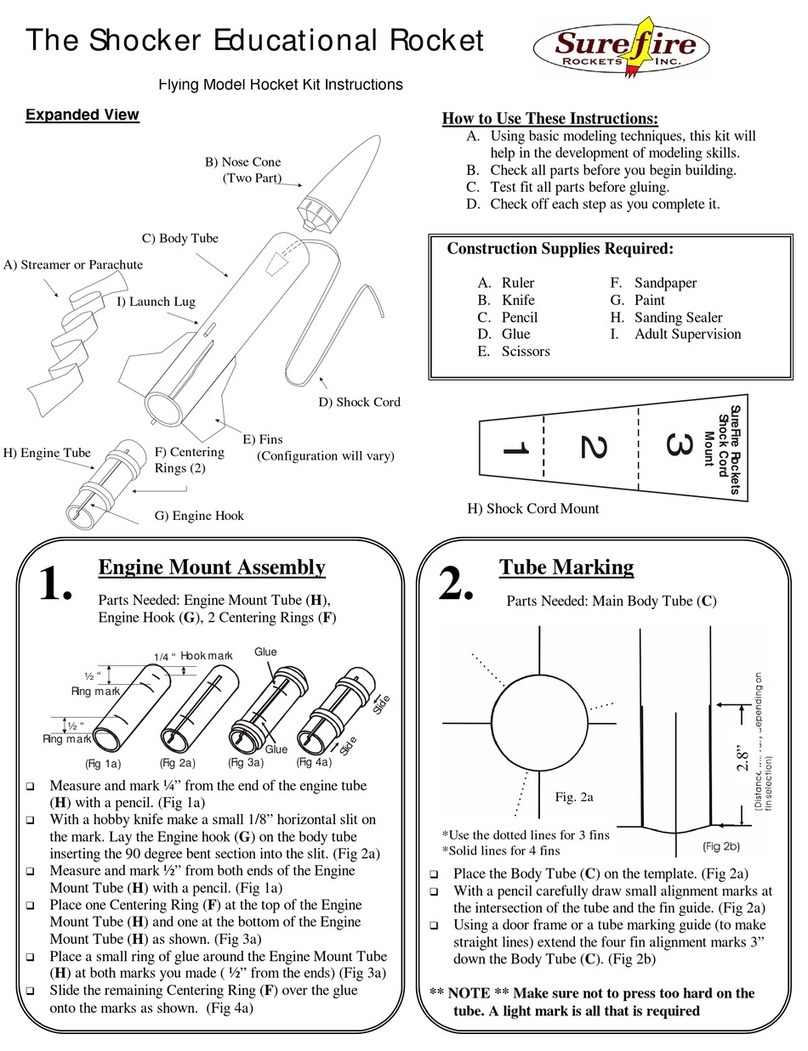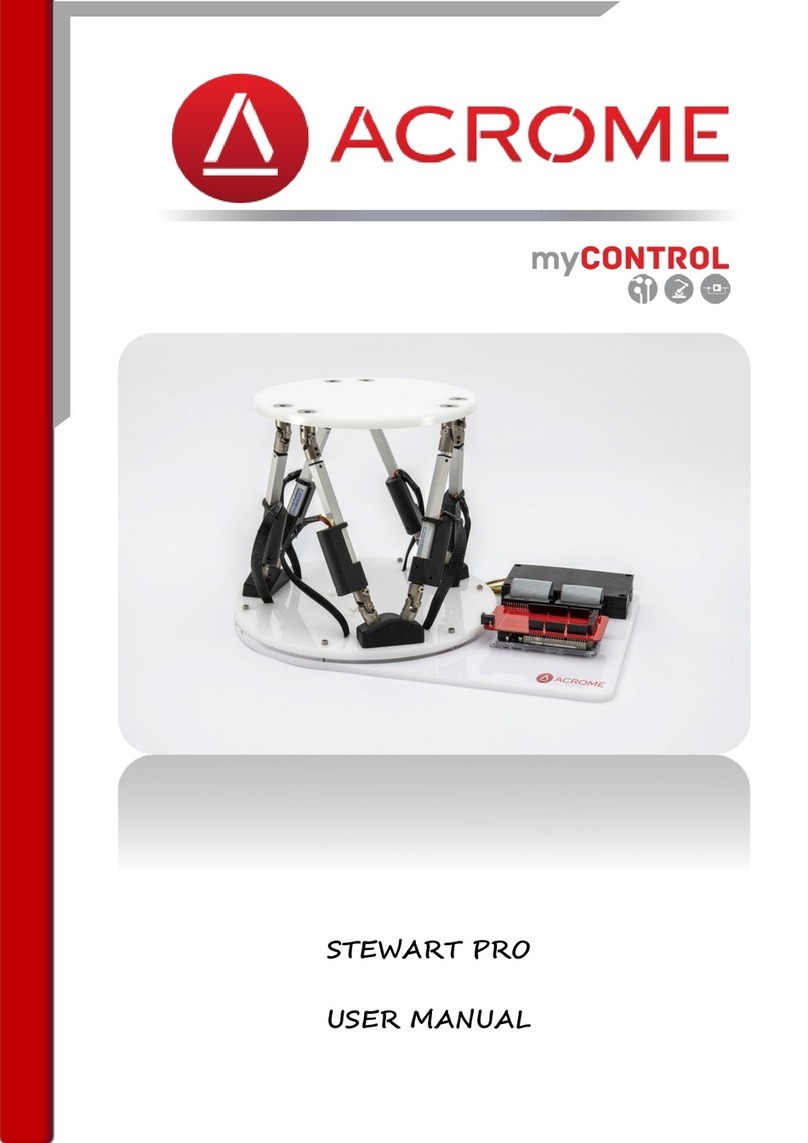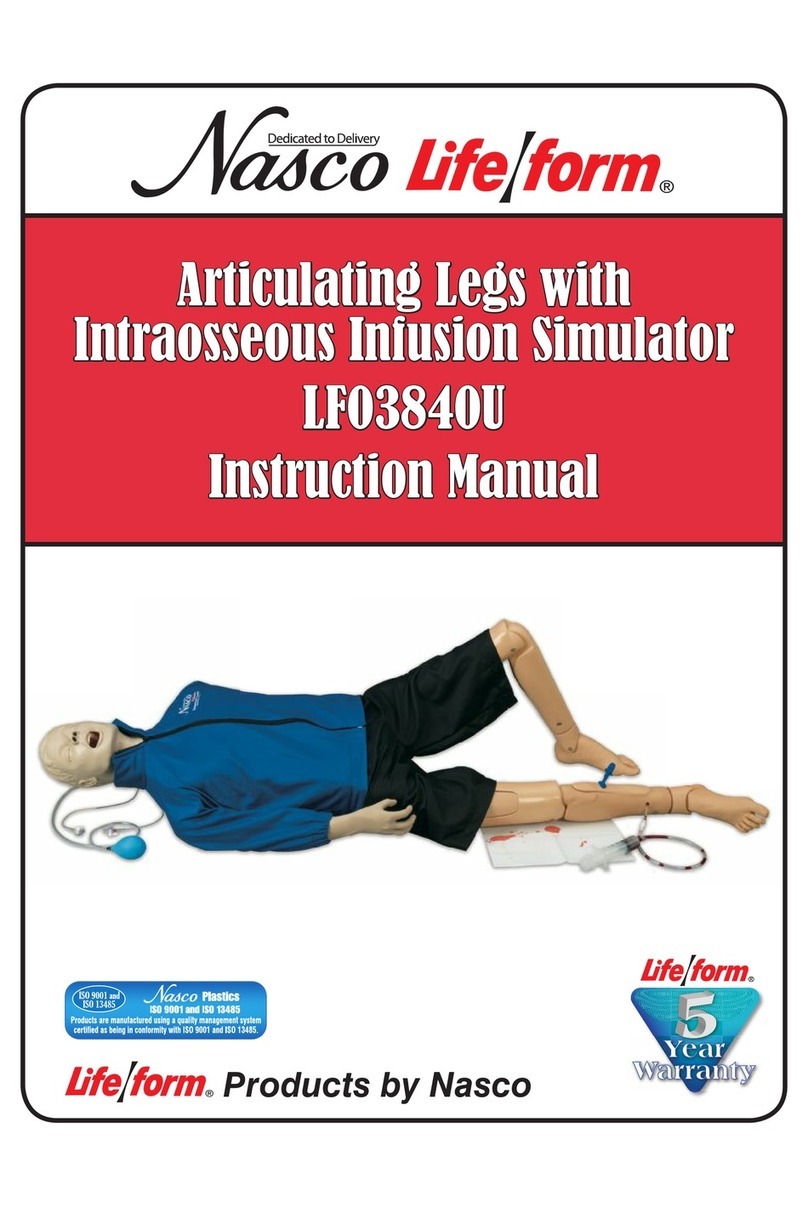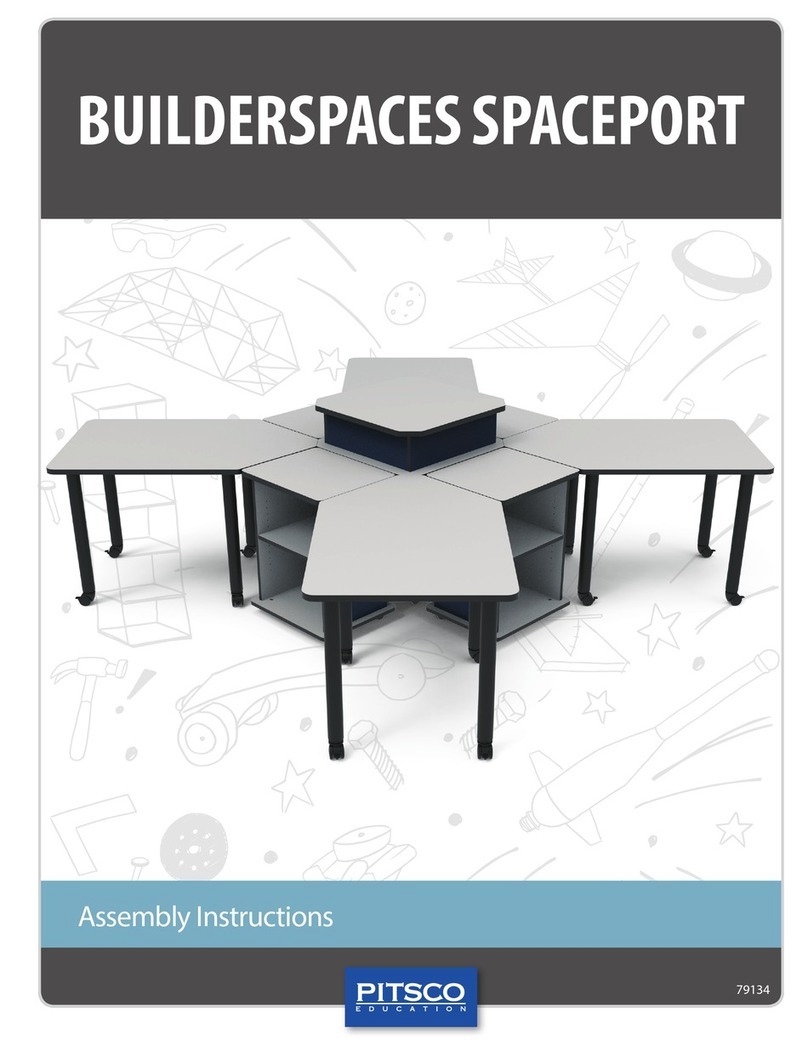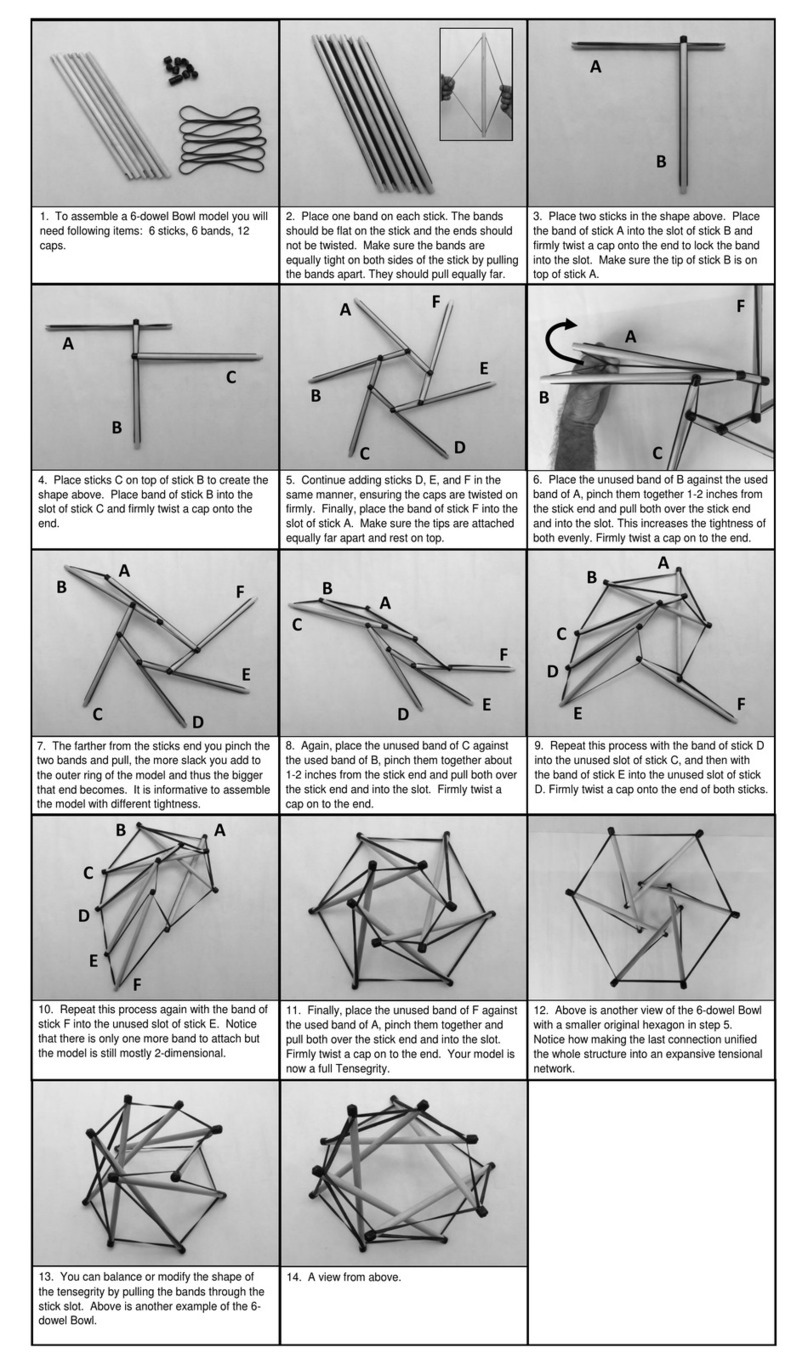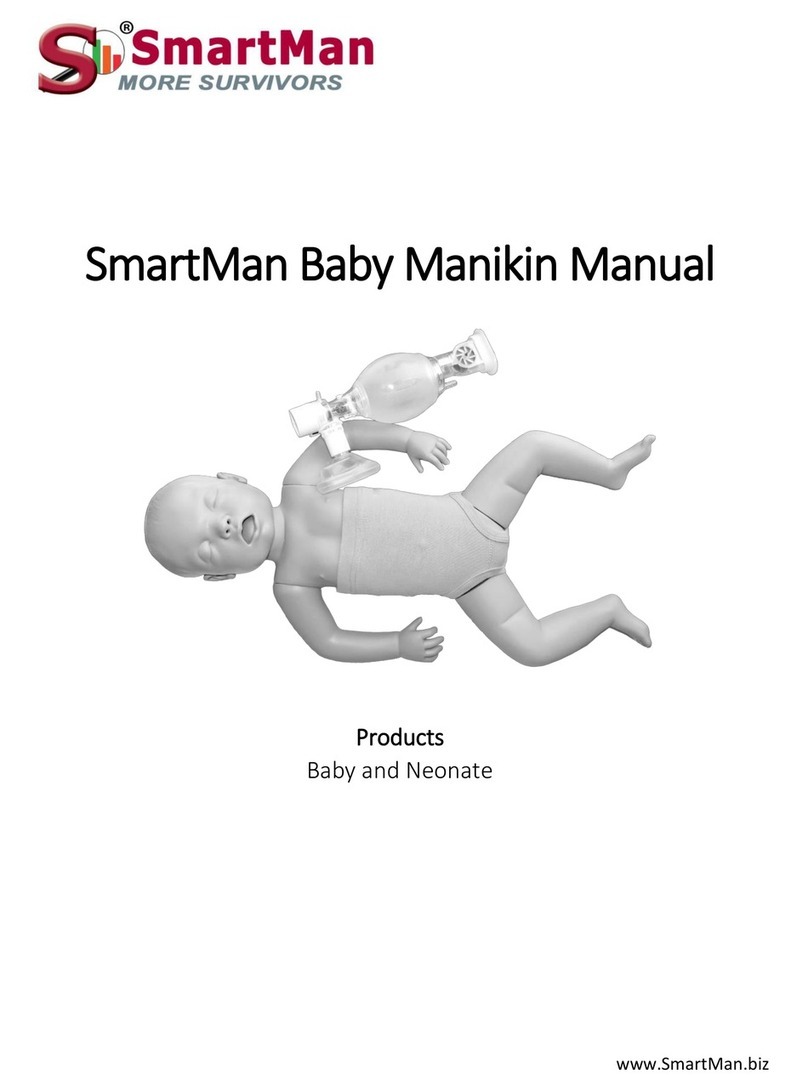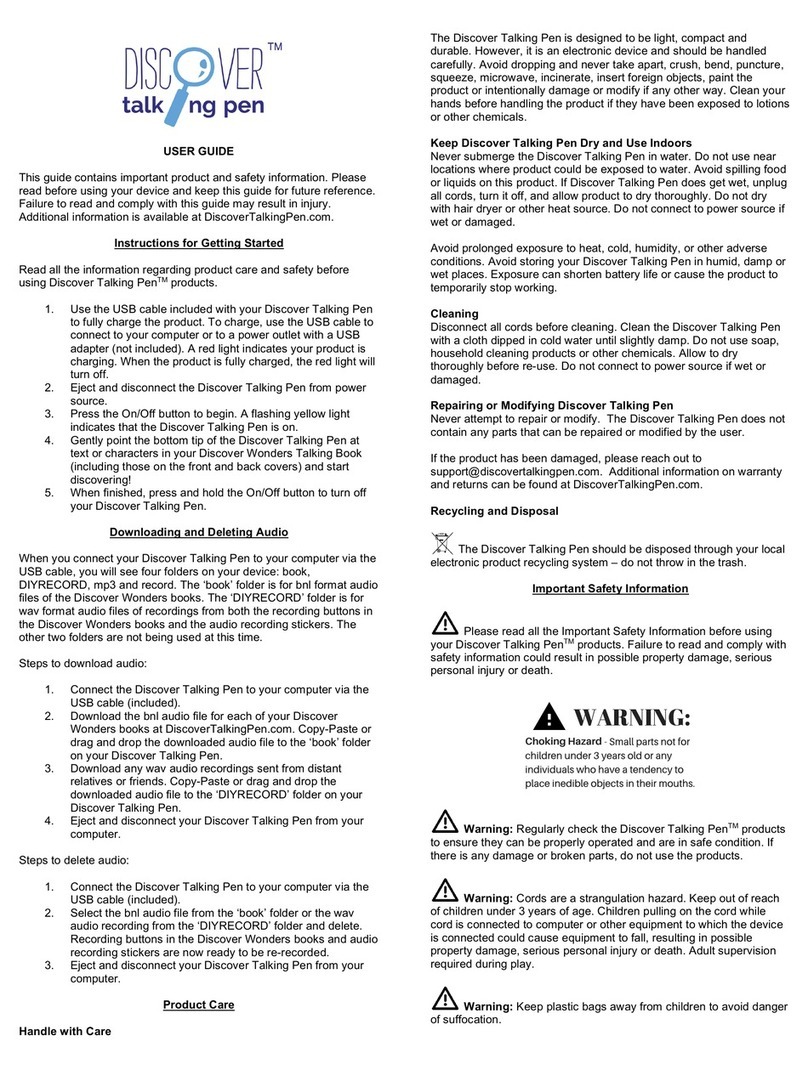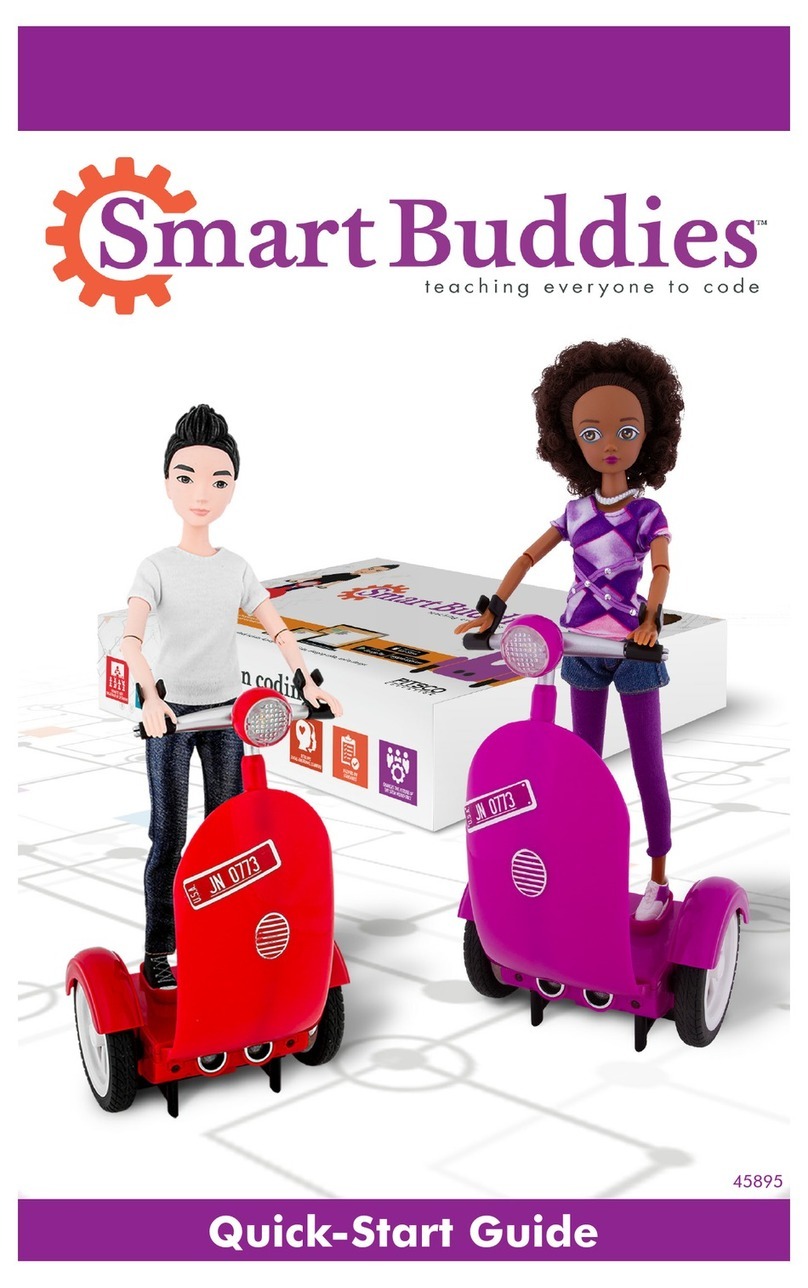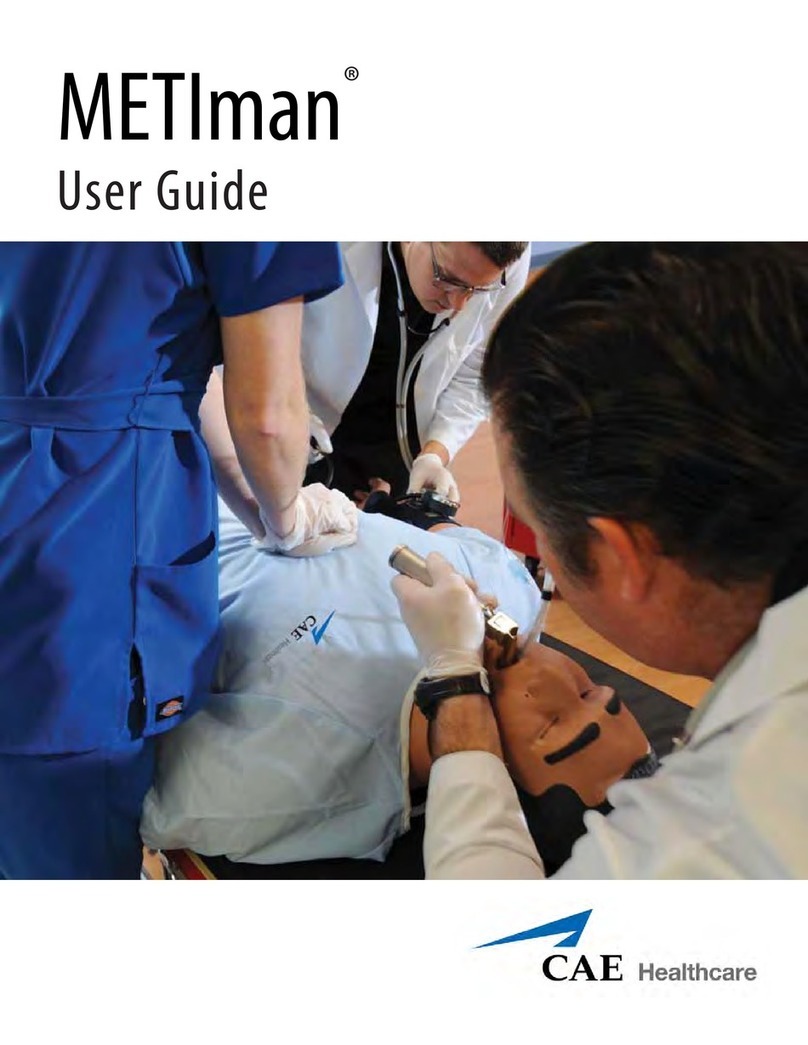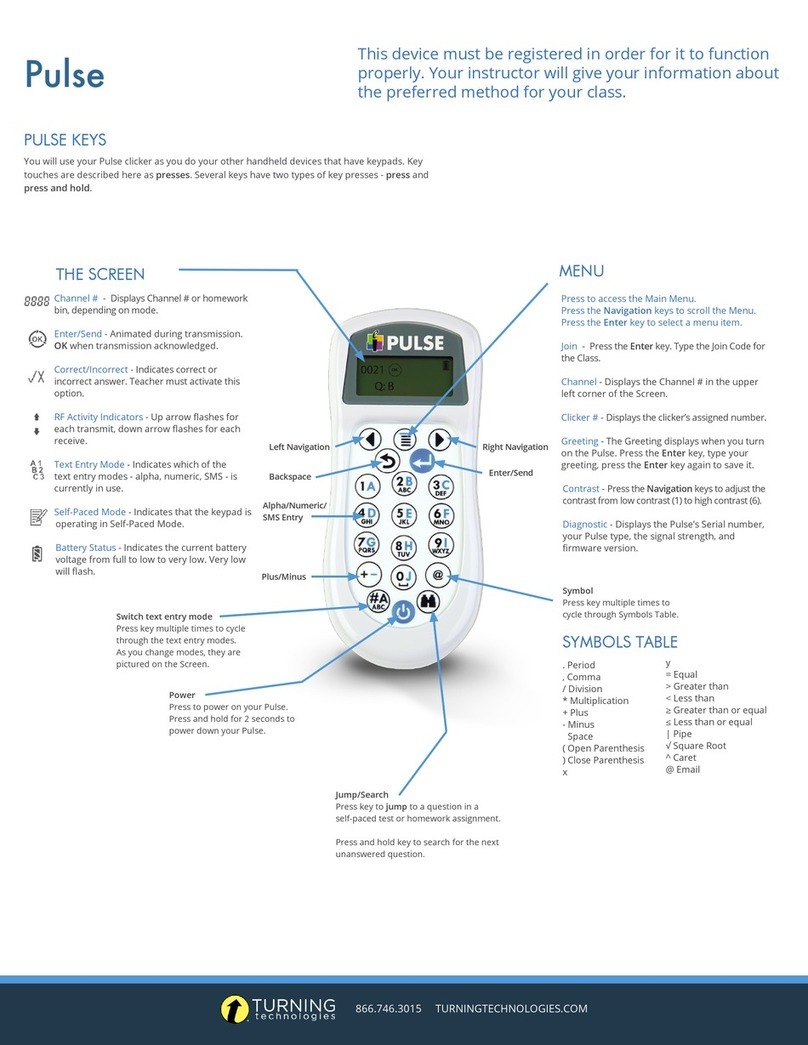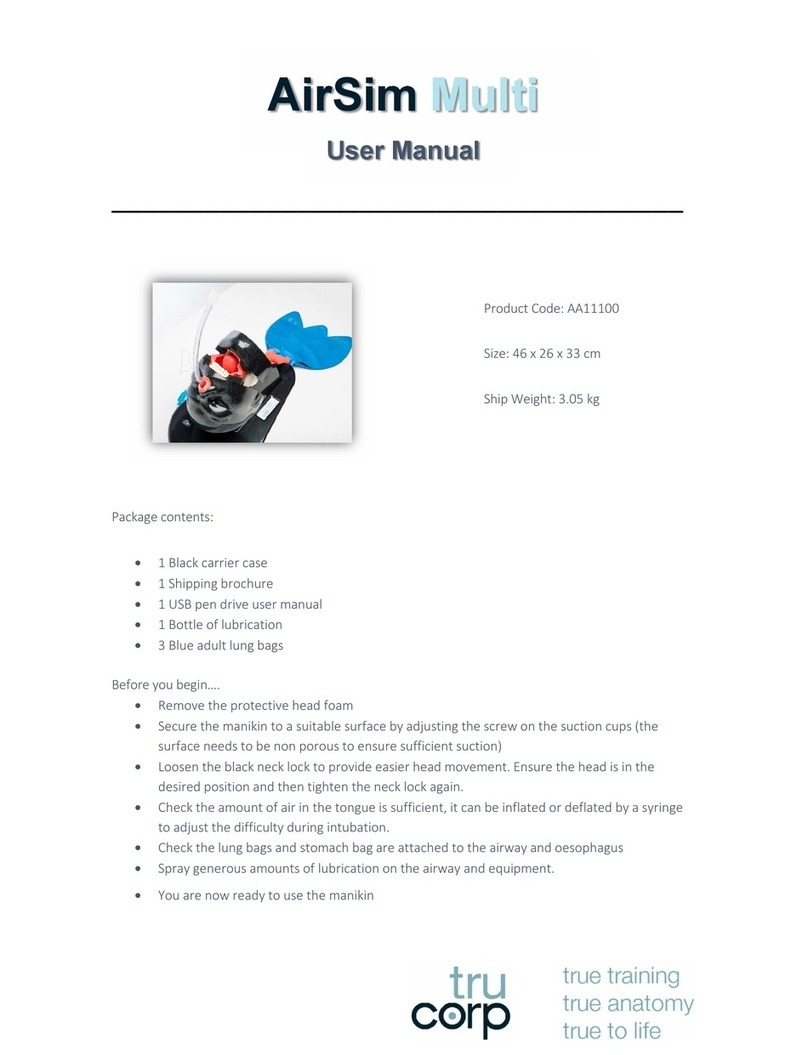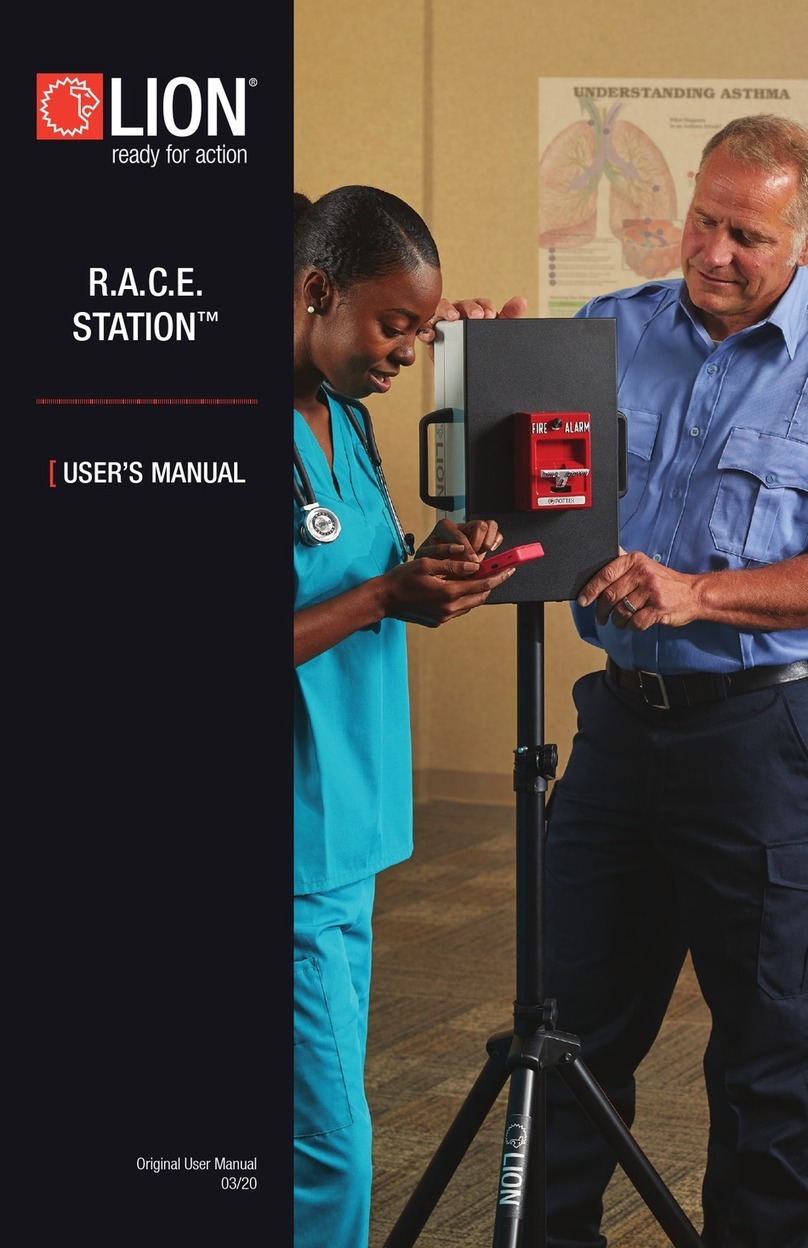
SmartMan Advanced Airway Manikin Training Systems - pg. 1
Contents
Safety and Regulatory Notices.........................................................................................................................2
FCC Statement...................................................................................................................................................2
1. Introduction.....................................................................................................................................................2
1.1. SmartMan Advanced Airway and Megacode Models ...............................................................................2
2. Specifications.................................................................................................................................................3
2.1 Weight ........................................................................................................................................................3
2.2 Dimension...................................................................................................................................................3
2.3 Usage and Storage ......................................................................................................................................3
3. Preparation for Training................................................................................................................................3
3.1. The PopUp Component .............................................................................................................................4
3.2 USB Connector............................................................................................................................................4
3.3 Carry Bag/Training Mat or Travel Duffle.....................................................................................................4
3.4 Mounting the Legs on the Torso.................................................................................................................5
3.5. Connecting the Manikin to the Computer.................................................................................................5
3.6 Starting the Software..................................................................................................................................5
3.7 Using the Software .....................................................................................................................................5
3.8 Updating the Software................................................................................................................................6
3.9 Carotid Pulse...............................................................................................................................................6
3.10 Adjusting Chest Resistance .......................................................................................................................6
3.10.1 How to Adjust Chest Resistance........................................................................................................6
4. Using the Manikin Training System ............................................................................................................7
4.1 Compressions..............................................................................................................................................7
4.2 Ventilations.................................................................................................................................................7
4.3 Intubation ...................................................................................................................................................8
4.4 CPR..............................................................................................................................................................8
4.5 Checking Pulse ............................................................................................................................................9
5. Cleaning..........................................................................................................................................................9
5.1 Cleaning of the Skull, Neck and Body .........................................................................................................9
5.2 Cleaning of Clothing....................................................................................................................................9
5.3 Cleaning of Carrying Bag and Wheeled Duffle............................................................................................9
